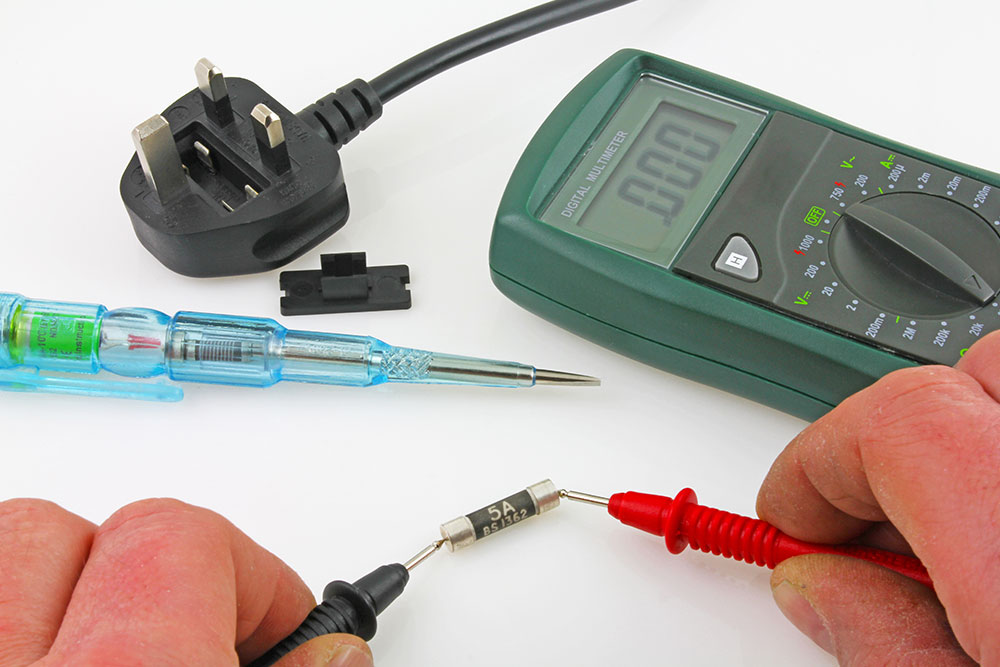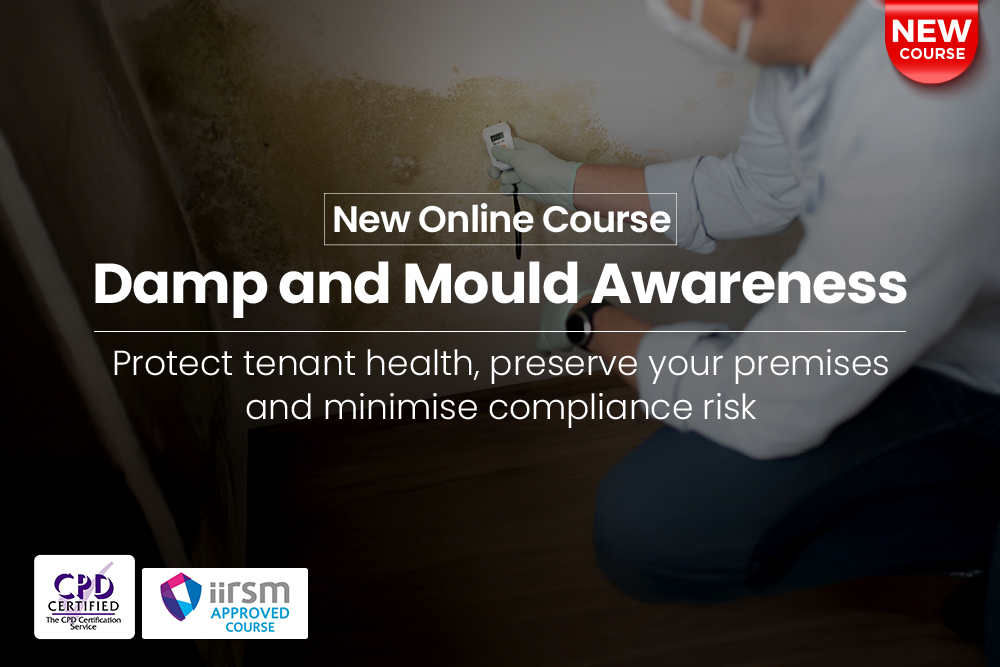
You don’t have to be a certified electrician to perform PAT testing.
But don’t rush off and buy your own machine yet. Because the law states that PAT tests can only be performed by competent people. And you’ll need the right qualities to be considered competent.
This guide explores the importance of PAT testing, what it involves and how to become a PAT tester yourself.
What Does a PAT Tester Do?
A PAT Tester is responsible for portable appliance testing, known as PAT or, more commonly, PAT testing. It’s a health check for electrical appliances. PAT testing ensures electrical equipment is safe to use in the workplace, which is a requirement of The Electricity at Work Regulations 1989.
PAT testing is effective, straightforward and can be performed by any competent person. The regulations don’t actually specify PAT testing itself as a legal obligation. However, they do require employers to ensure their electrical equipment is safe – and doing so via PAT testing is considered good practice.
A complete PAT test consists of two parts:
- A formal visual inspection of the appliance
- A test with a portable appliance tester
The PAT test process will pass or fail a device, meaning it’s either safe to use or not.
It’s not always necessary to conduct both parts of the test. Regular standalone visual inspections might be enough to pass some appliances.
Do You Need a PAT Test Qualification?
The law states any competent person can complete Portable Appliance Testing tests. But that person does not need a qualification.
So, while they can help demonstrate you can conduct PAT tests safely, qualification or certification is not essential.
But, you should only attempt a Portable Appliance Testing test if you’re confident you can. Otherwise, you may find yourself in breach of the law.
What Makes Someone Competent?
Competence is defined by the Health and Safety Executive (HSE) as the right combination of training, skills, experience and knowledge to perform a task safely. If you have all these, you qualify as competent and can legally perform PAT tests. But there are different competency levels for other parts of the PAT process.
Formal visual inspections can be performed independently of checks with a portable appliance tester. Since you don’t need to use a PAT tester, the bar for competence is lower.
You do need additional knowledge, training and experience to be considered competent to conduct the full PAT test. The bar is higher because you must know how to use a portable appliance tester safely and understand its results on top of being able to conduct visual inspections.
The steps to conducting visual inspections and a test with a PAT device are outlined below so you know what a competent person is expected to do.
Conducting a Formal Visual Inspection
Every appliance is different, so it needs separate checks. But a formal visual inspection will almost always involve the following steps:
First, switch off and unplug the appliance to eliminate the risk of an electric shock.
Then, you should check the:
- Plug for apparent damage and confirm it’s wired correctly
- Correct fuse is installed in the plug
- Cable for splits, abrasions or exposed wiring, the latter of which is an immediate fail
- Appliance itself and the housing for cracks, burn marks or other signs of damage
- Socket it’s usually plugged into for signs of damage
- Area the appliance is kept in for environmental hazards such as overloaded extension cables

You might even need to take the appliance apart to check its inner workings, so appropriate training and knowledge are essential.
And make sure you’re recording your findings.
Using a Portable Appliance Tester
This part of the PAT process involves multiple tests using specialist equipment. They are:
- Testing Earth continuity
- Testing lead polarity
- Testing insulation resistance
Most modern portable appliance testers can perform all three tests. However, you’ll still need training and experience to conduct them and understand the results.
This stage of the test conclusively passes or fails a device.
A competent Portable Appliance tester can advise on failed devices and recommend either repair or replacement, depending on the nature of the fault. However, this knowledge doesn’t qualify a PAT tester to complete the repairs.
Where Can I Learn to PAT Test?
The most straightforward way is to complete a training course online. Our PAT Training Course will give you the skills, knowledge and confidence to PAT test safely.
You’ll learn how to conduct visual inspections and the entire test through clear demonstrations of every part of the process. You’ll also get access to an e-checklist to guide you through each step and act as a digital record of your work.
This training course is suitable for anyone with an interest in PAT testing and requires no previous knowledge.























































































































































































































































































































































































































































































































































































































































































































































